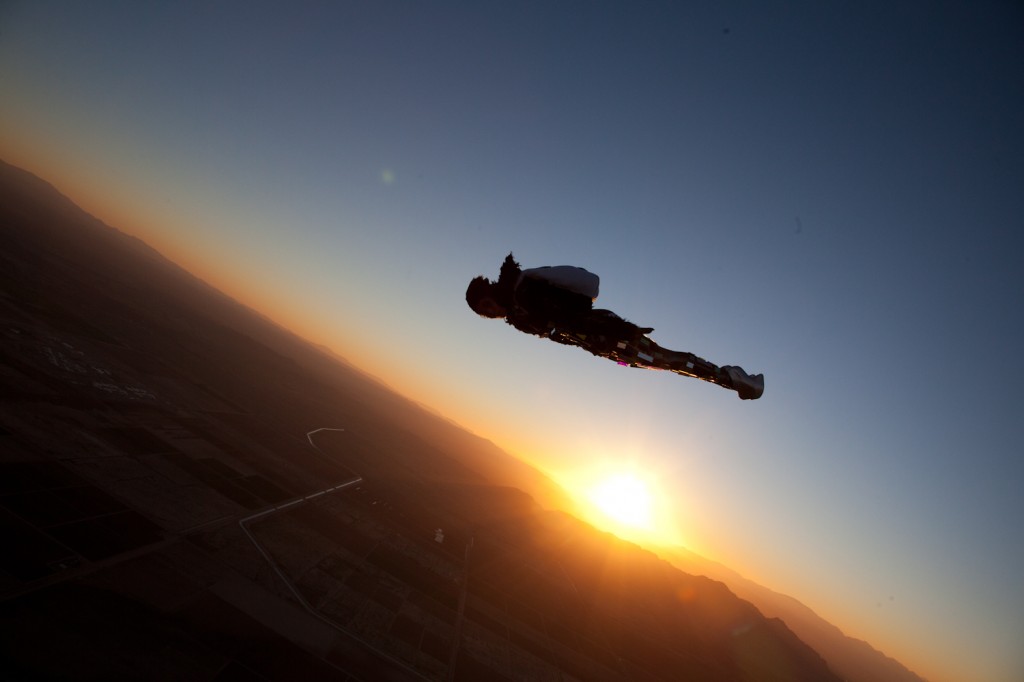Expert Opinion on Deadly Free Fall March 28, 2014
Author: Beach Combing | in : Contemporary, Modern , trackbackOf course, medical and scientific opinion more generally has been proved wrong time and time again over the centuries with red faces enough all around. But Beach stumbled on an early twentieth-century example that had entirely escaped his notice. He quotes from Peter Hearn’s excellent Sky High Irvin: The Story of a Parachute Pioneer.
Strange as it may seem to us now, aviation, medical and popular opinion in 1919 was quite adamant that a man falling freely would be incapable of pulling a ripcord handle. The extreme but most commonly held view was that a falling man was a dying man: that he would be unconscious within 100 feet, and dead by 500.
Parachutes were used, of course, by this date but they were used immediately the pilot jumped from the plane, with all horrific and attendant dangers of the parachute catching on the plane. Or the parachutes were released by a strap when the jumper launched himself into the air. Anyone foolish enough to try and free fall would, according to the experts, experience ‘nerve shock and suffocation’ and there was also mumbling about a heart attack: I can’t help but recalling fears of the dangers of train journeys. There were two myths here waiting to be burst. First, that free fall was in itself deadly and second that the free faller was not even capable of grabbing a rip chord and pulling.
Of course dropping into free fall does involve some dangers. Someone untrained, as was inevitably the case among the first to use free fall, could find themselves in a dizzy spin before they stablised spread eagle. Someone jumping without oxygen very high, might become unconscious, but typically they would come round before hitting the ground and they would have an opportunity to pull that ripcord. Soviet pilot Ivan Chisov fell unconscious while dropping in free fall in the Second World War (he had wanted to get out of the reach of German fighters before he opened his chute, fighters that would have ripped him to pieces had they had a chance).
All this makes the achievement of the first freefallers all the more impressive: ‘undertakers bow their heads as you go walking by’. They were stepping into mid air after being assured by experts that they could not survive. The great Leslie Irvin in 1919 seems to have been the first to make an intentional free fall jump. Interestingly part of his conviction that it could be done came from his background in west coast circus culture. He had jumped through the air on trapezes and fallen many feet into safety nets while remaining in control of his body. It goes without saying that Irvin, after some inelegant tumbling, pulled his rip cord and entered parachute history.
And in all his parachute research this wonderful page on free fall has amused and astounded.
Other misguided medical theories about new technologies: drbeachcombing AT yahoo DOT com



